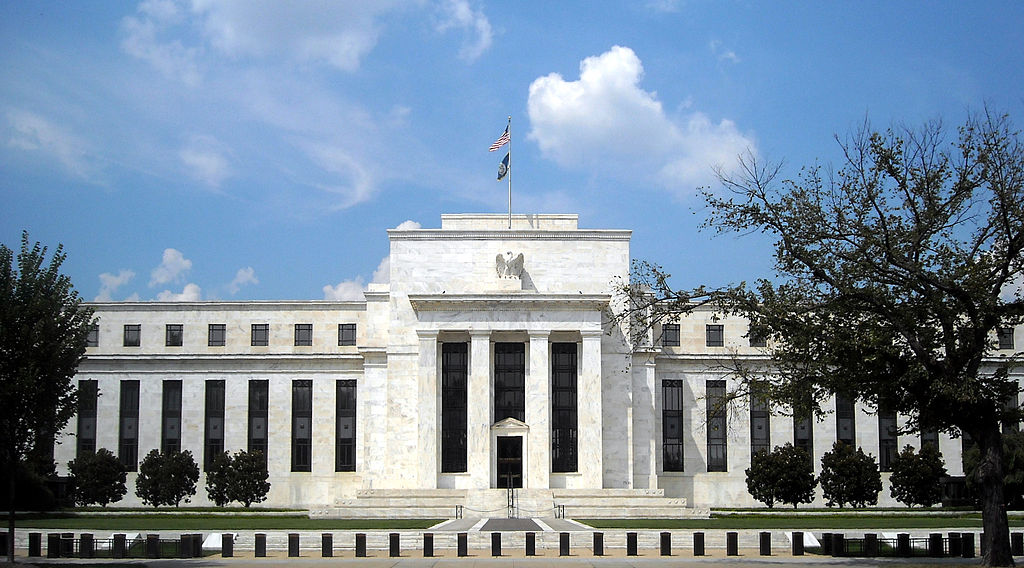In remarks made Thursday to the Senate Banking Committee, Federal Reserve Chair Jerome Powell said he expects some U.S. banks to fail in the coming months because of declining values and defaults in their commercial real estate loan portfolios.
According to reporting by multiple outlets, including The Hill, Powell indicated that the risk is tied to small and midsized banks, and there is no systemic risk to the banking sector posed by the potential collapse of major institutions.
“We have identified the banks that have high commercial real estate concentrations, particularly office and retail and other [property types] that have been affected a lot,” Powell said. “This is a problem that we’ll be working on for years more, I’m sure. There will be bank failures, but not the big banks.”
Powell’s remarks came about a month after U.S. Treasury Secretary Janet Yellen expressed similar concerns to the Senate Banking Committee. Yellen told lawmakers that bank regulators are working to address risks tied to rising vacancy rates and lower valuations for office buildings in major cities.
These stressors are tied to the post-pandemic increase in remote work, as well as higher interest rates that have made it difficult to refinance commercial real estate debt.
“I hope and believe that this will not end up being a systemic risk to the banking system,” Yellen said in February. “The exposure of the largest banks is quite low, but there may be smaller banks that are stressed by these developments.”
Although commercial mortgage debt is propelling these concerns, the possibility of failure for a federally insured bank has implications for the residential mortgage sector. According to the Federal Deposit Insurance Corp. (FDIC), banks held $2.78 trillion in residential mortgage debt as of first-quarter 2023.
Community banks — commonly defined as those with less than $10 billion in assets — accounted for nearly $477 billion (or 17%) of the total debt. And the FDIC reported that home loans are the largest lending segment by dollar volume at more than 40% of community banks.
New York Community Bancorp (NYCB) is one institution that is facing a “confidence crisis” related to commercial real estate, primarily multifamily loans. NYCB, one of the largest U.S. residential mortgage servicers, received an equity investment of $1 billion earlier this month that is designed to strength the bank’s balance sheet.
In the wake of last year’s failures of First Republic Bank, Silicon Valley Bank and Signature Bank, smaller U.S. banks moved away from commercial real estate lending. Data from MSCI Real Assets showed that after originating a record-high 34.2% of all commercial mortgages in Q1 2023, regional and local banks trimmed their share of originations to 25.1% in Q2 2023. The latter figure represented a 53% year-over-year decline.
Still, small banks are more exposed to commercial mortgage debt than larger banks. Federal Reserve data from September 2023 showed that commercial real estate accounted for an average of 44% of the portfolios at small banks, compared to 13% at the country’s 25 largest banks.
Funding a potential bailout could be another concern for banks. When the FDIC rescued Silicon Valley Bank and Signature Bank in March 2023, the price tag was $22 billion. The regulator recouped $16 billion of that through a special assessment on more than 100 of its institutions.





